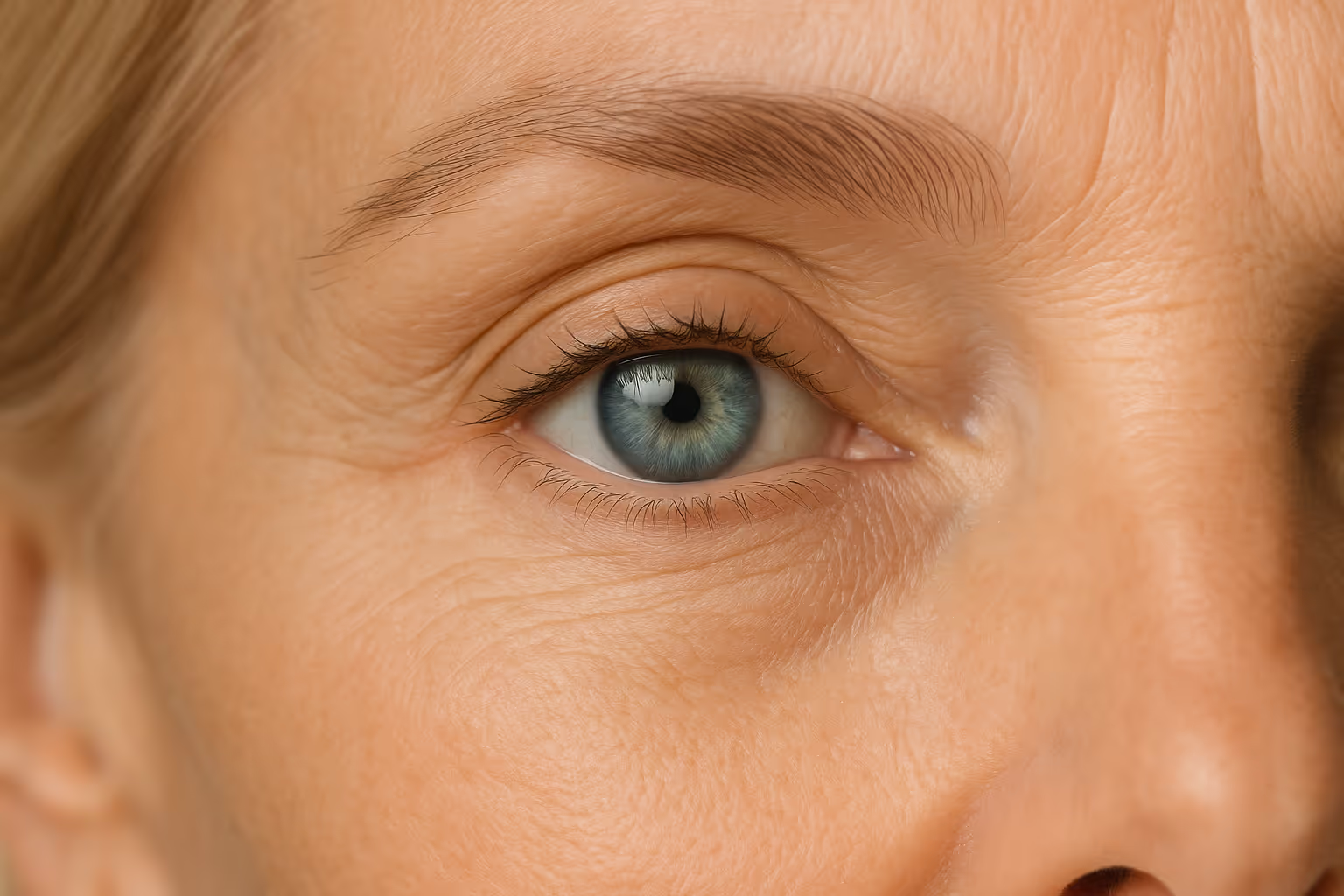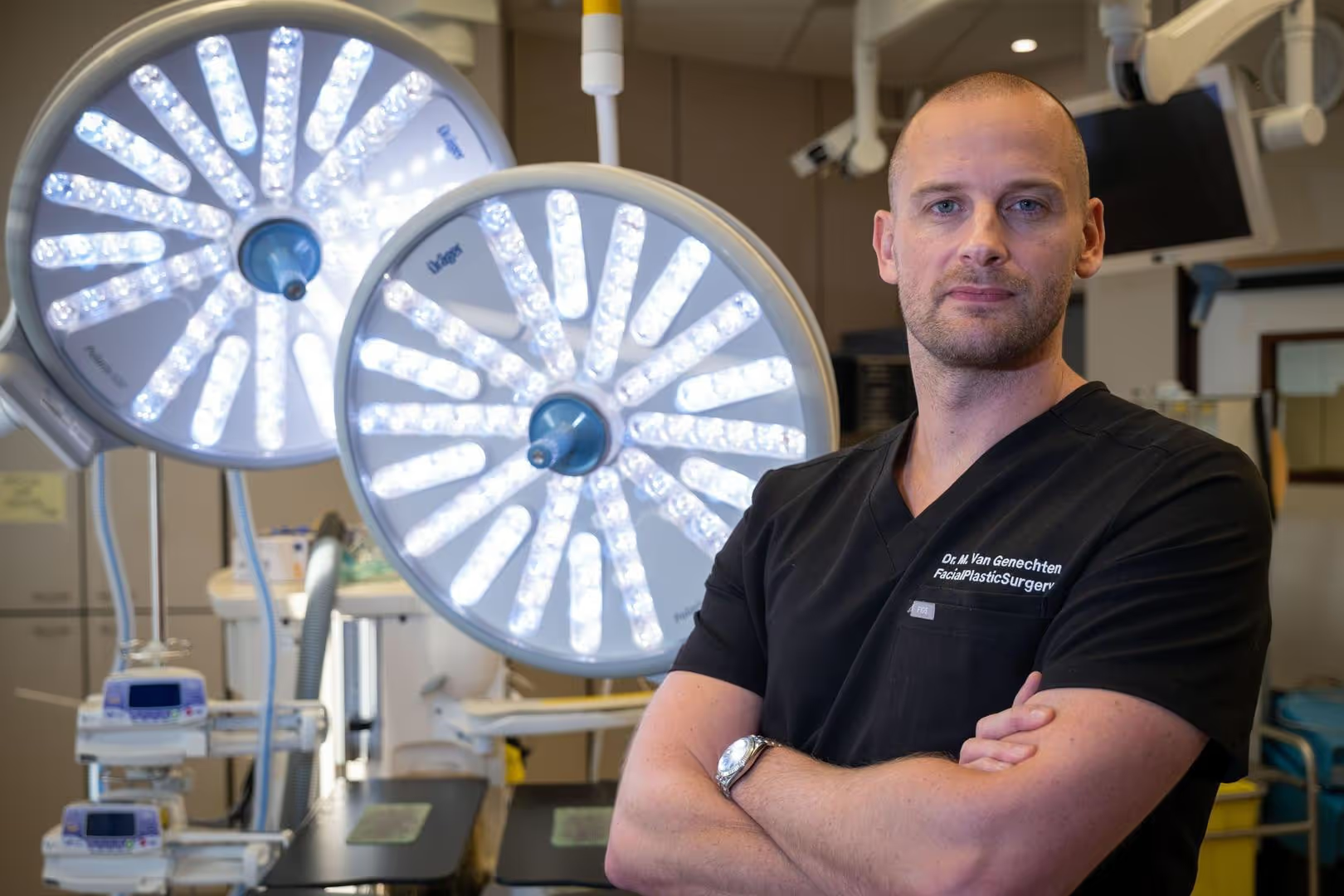Facial surgery can be described as a regional surgical discipline.
Within training in Europe, there is no recognized specialist title specifically for facial surgery. The field is primarily practiced by three core specialties: craniomaxillofacial surgeons, ORL physicians, and plastic and reconstructive surgeons. Training within each of these fields provides a good foundation for developing a grounded expertise in aesthetic facial surgery.
A craniomaxillofacial surgeon, is a specialist in surgery of the head, face and neck, jaws and oral cavity and performs surgery exclusively in this anatomic region. This specialty includes repair of congenital defects, treatment of injuries and trauma, removal of tumors, reconstruction of defects and aesthetic facial surgery.
The facets of facial surgery per se are multifaceted, from reconstructive procedures to cosmetic rejuvenation, but focus on one anatomic region, the head and neck region. From cranial surgery for congenital anomalies such as craniosynostoses, to jaw corrections that, while having aesthetic impact, are performed primarily for functional reasons. From facial reconstructions after trauma to refined eyelid corrections that open the gaze, and rejuvenating facelift surgery. This requires a refined understanding of the anatomy of both soft tissues and bone structures, highlighting the complexity of the profession.
Craniomaxillofacial surgery is a medical discipline that requires 14 years of intensive training. After this training, surgeons can subspecialize through fellowships, such as Dr. Van Genechten in facial rejuvenation surgery, where techniques such as deep plane facelifts, neck lifts and eyelid surgery and brow lifts rejuvenate the face in a natural but impactful way.








.avif)







.avif)